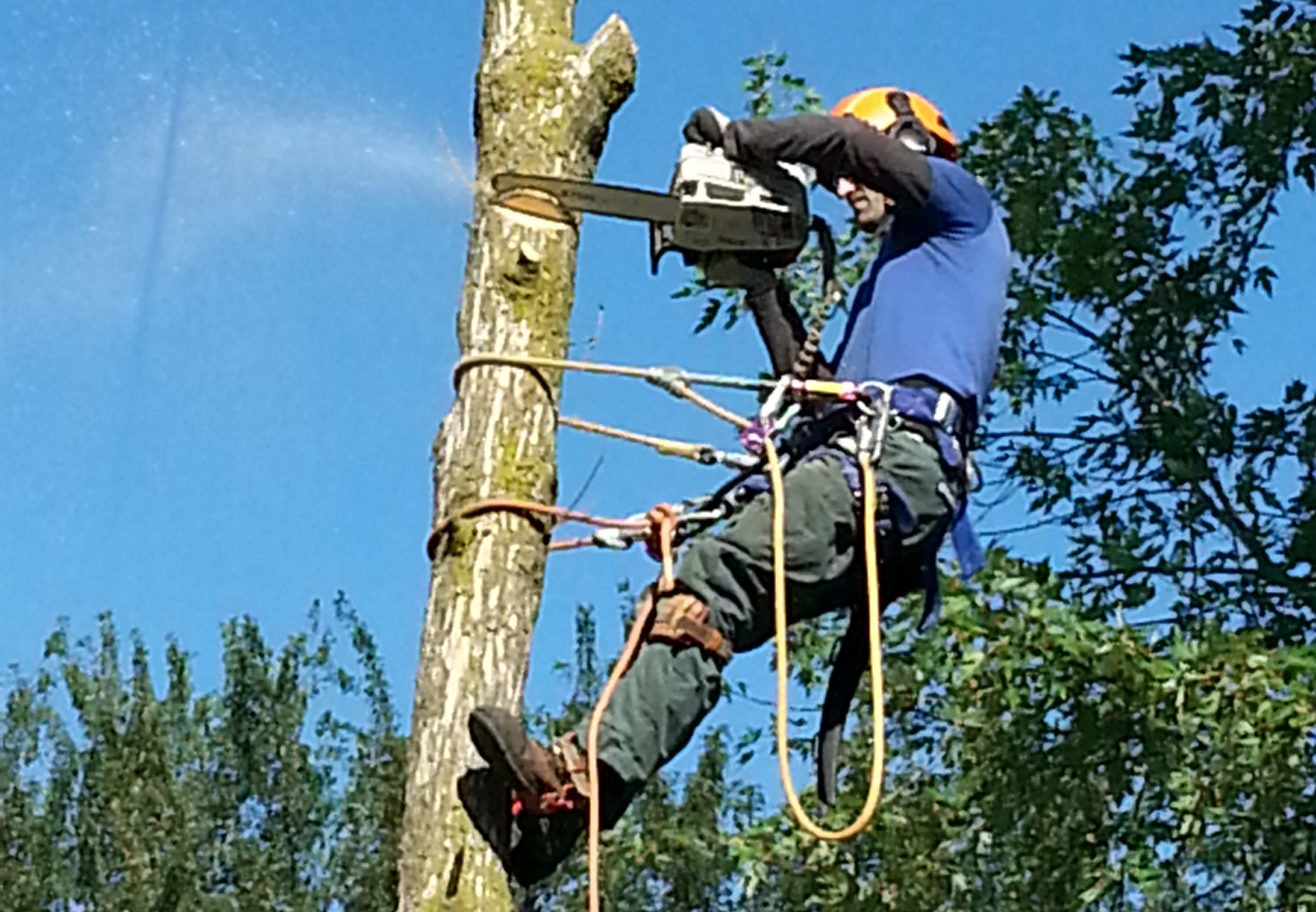An Unbiased View of The Role of an Arborist in Protecting Trees from Disease and Pests

Climate modification is one of the most significant challenges of our opportunity. Its effect is being felt around the world, and it's affecting every element of our lives, including the work of modern-day arborists. As temperatures increase and weather designs become more uncertain, arborists are experiencing brand-new challenges in their initiatives to sustain healthy and balanced trees and preserve all-natural ecosystems.
One of the very most notable ways climate change is impacting arborists' job is through affecting vegetation hardiness zones. These zones are based on ordinary temperatures and have traditionally been utilized to find out which vegetations will flourish in a certain area. However, as temperatures increase, these zones are shifting northward or upwards in elevation.
This suggests that some plant species might no longer be satisfied to the regions where they once prospered. Arborists have to adapt through selecting brand new tree species that may put up with hotter temperatures, drier health conditions or a lot more severe weather events like tornados or flooding.

Another means that weather change is having an effect on arborists' work is by increasing the frequency and strength of harsh weather events like storms, hurricanes, droughts and wildfires. These activities can easily result in common damage to plants, producing it challenging for arborists to keep up along with need for their services.
In response, many arborists are focusing on preventative action such as normal trimming and maintenance to reduce the danger of plant breakdown during excessive weather events. They're additionally making use of enhanced innovation like drones and GPS mapping units to assess tree health and wellness and determine prospective risks before they become a complication.
Weather improvement is additionally having an effect on metropolitan rainforests through generating new bug invasions and illness that intimidate plant health and wellness. For example, warmer winter seasons permit intrusive species like emerald green ash borer or gypsy insect caterpillars to survive in regions where they were formerly unable to set up themselves.
Arborists have to remain informed regarding these emerging dangers so they can easily react quickly when needed. They require to check plants for signs of damage or attack consistently and be prepared to take action to shield their clients' plants and the encompassing ecological community.
Eventually, Key Reference modifying environment is additionally having an effect on arborists' job by altering the time of seasonal events like bud breather, flowering, and fallen leave reduce. This makes it challenging for arborists to schedule tree maintenance activities like pruning or fertilization precisely.
To adjust, a lot of arborists are working with phenology pros who can provide understandings into how temperature change is having an effect on these seasonal patterns. They're likewise utilizing predictive modeling tools that can help them organize plant treatment tasks much more effectively through taking in to profile altering weather condition patterns and plant anatomy.
In final thought, weather modification is having a notable effect on the job of modern-day arborists. Coming from switching hardiness zones to severe climate events and arising insect and illness, arborists have to remain informed about these improvements so they can adapt their practices as needed.
By making use of advanced modern technology and working carefully with professionals in similar industries like ecology and phenology, arborists may continue to give important solutions that maintain healthy and balanced metropolitan rainforests while preserving organic ecosystems for future productions.
